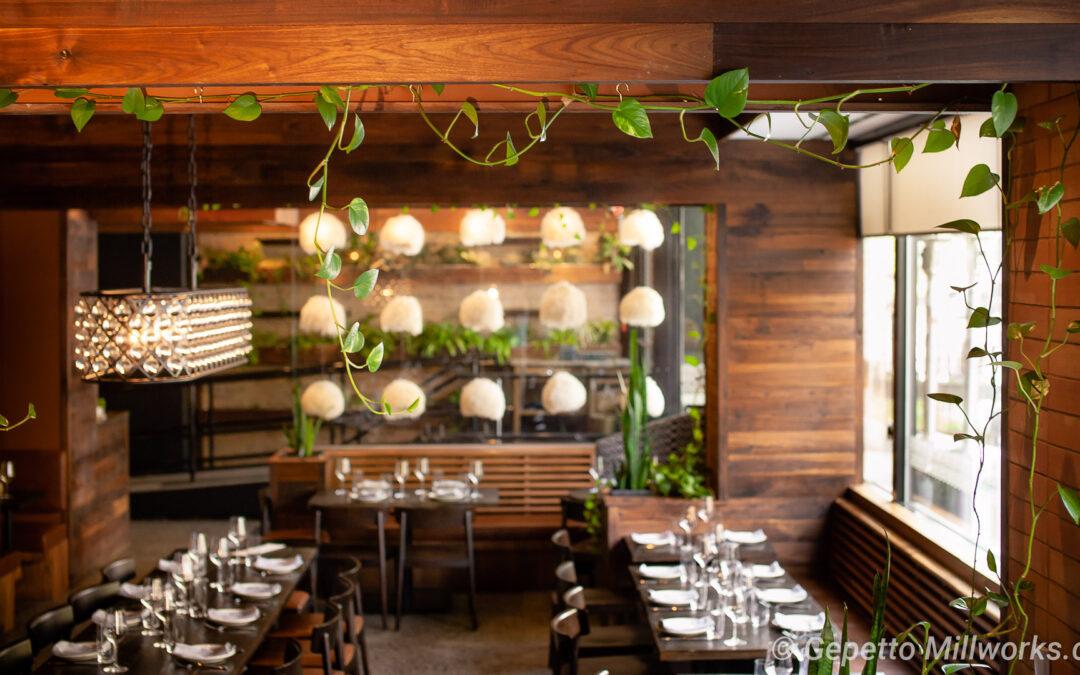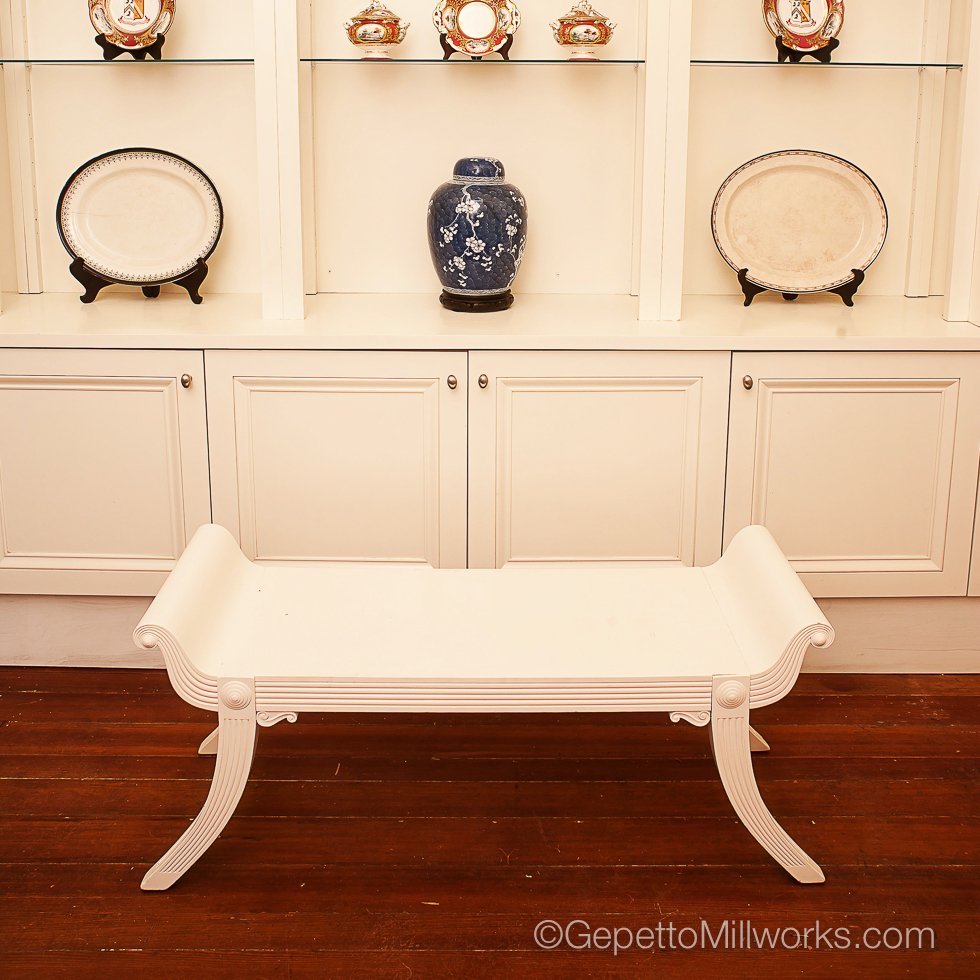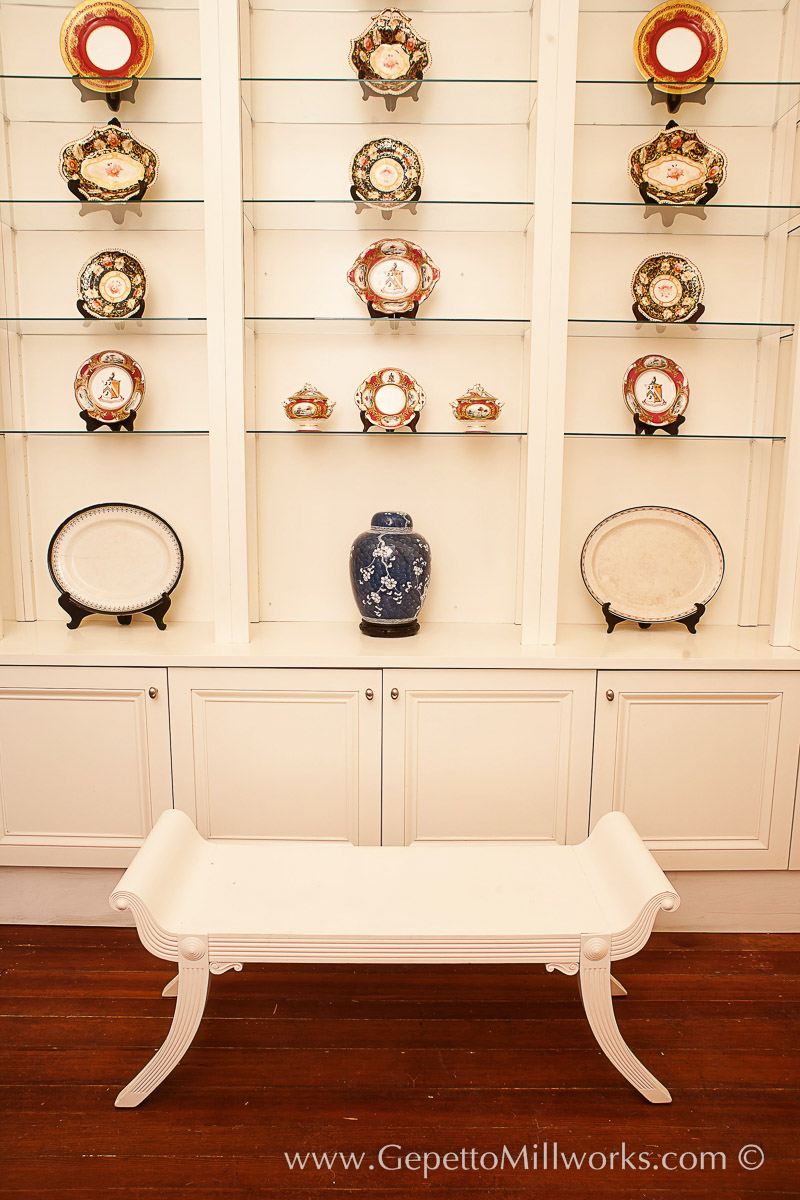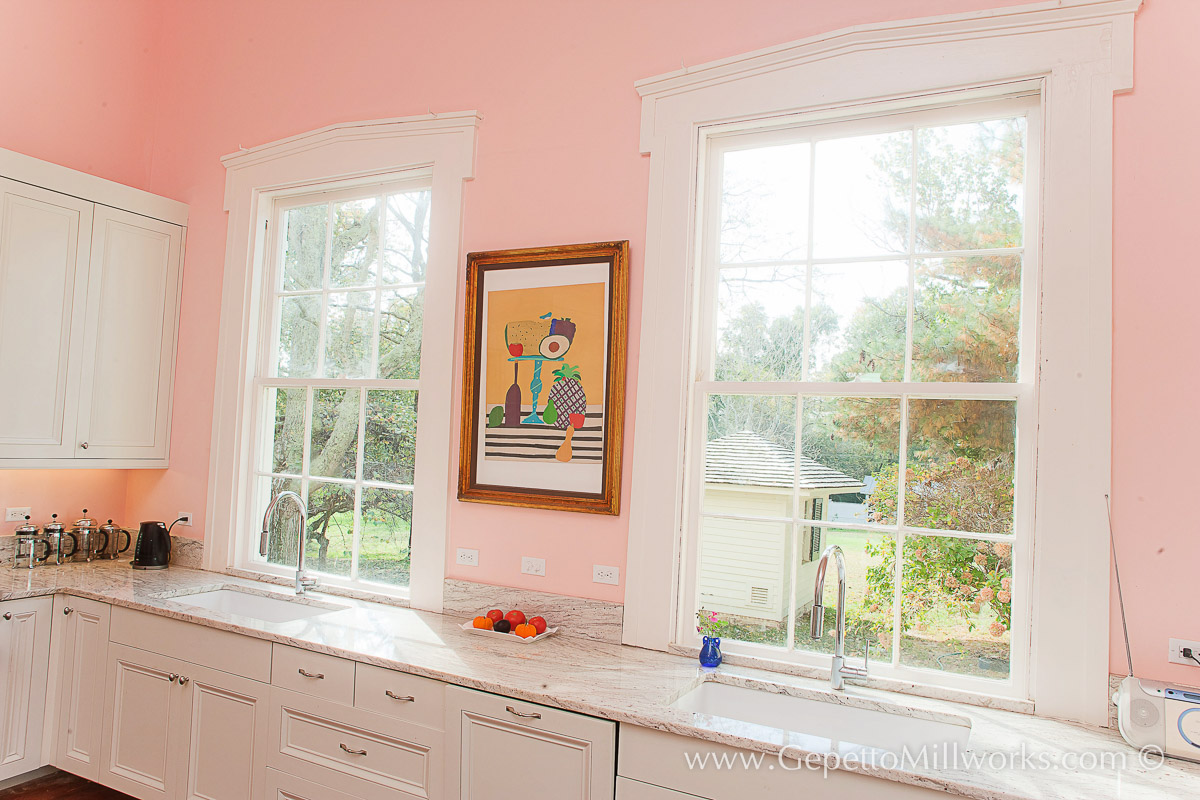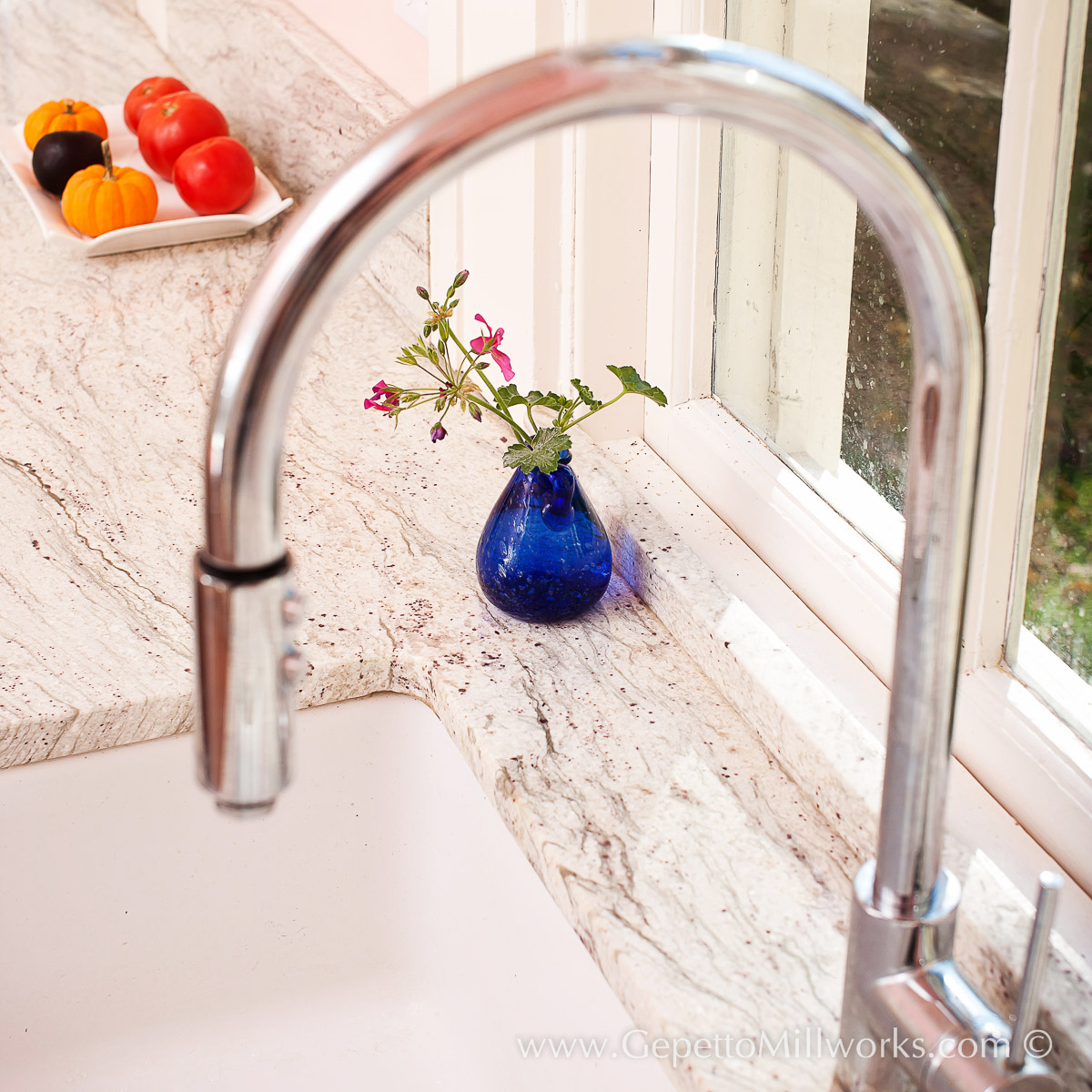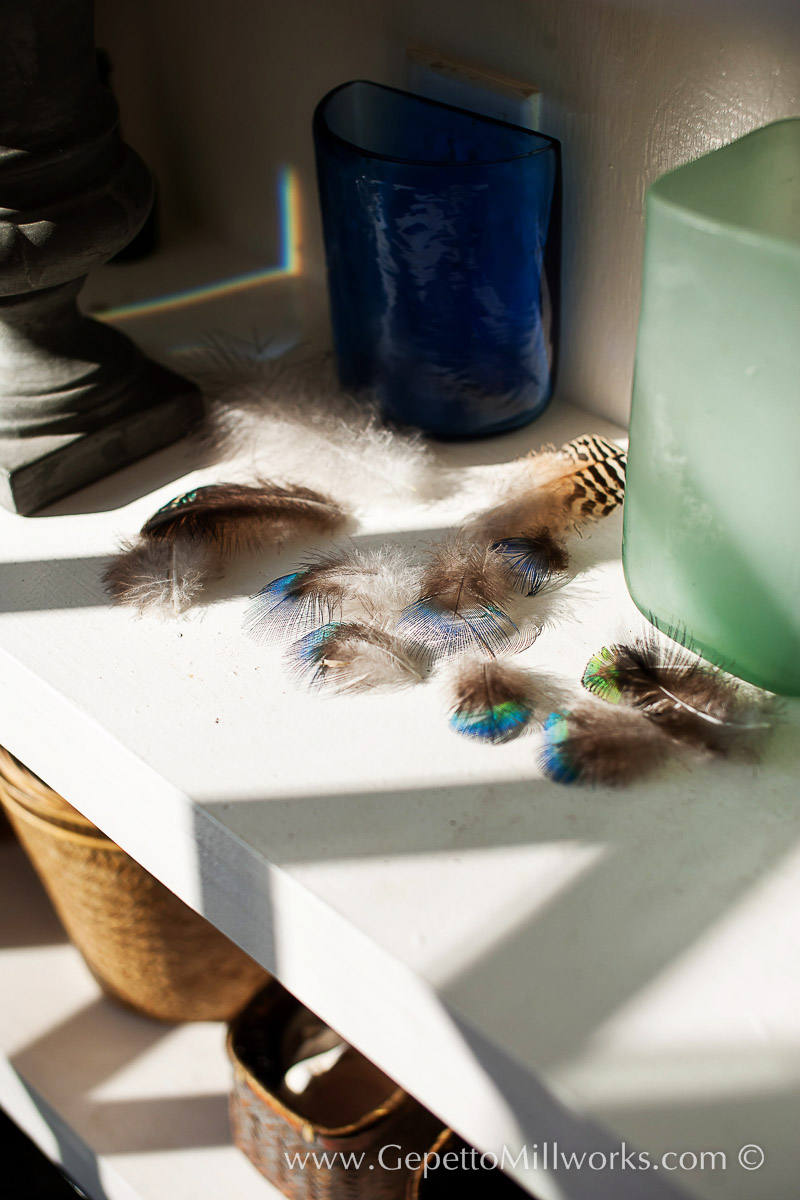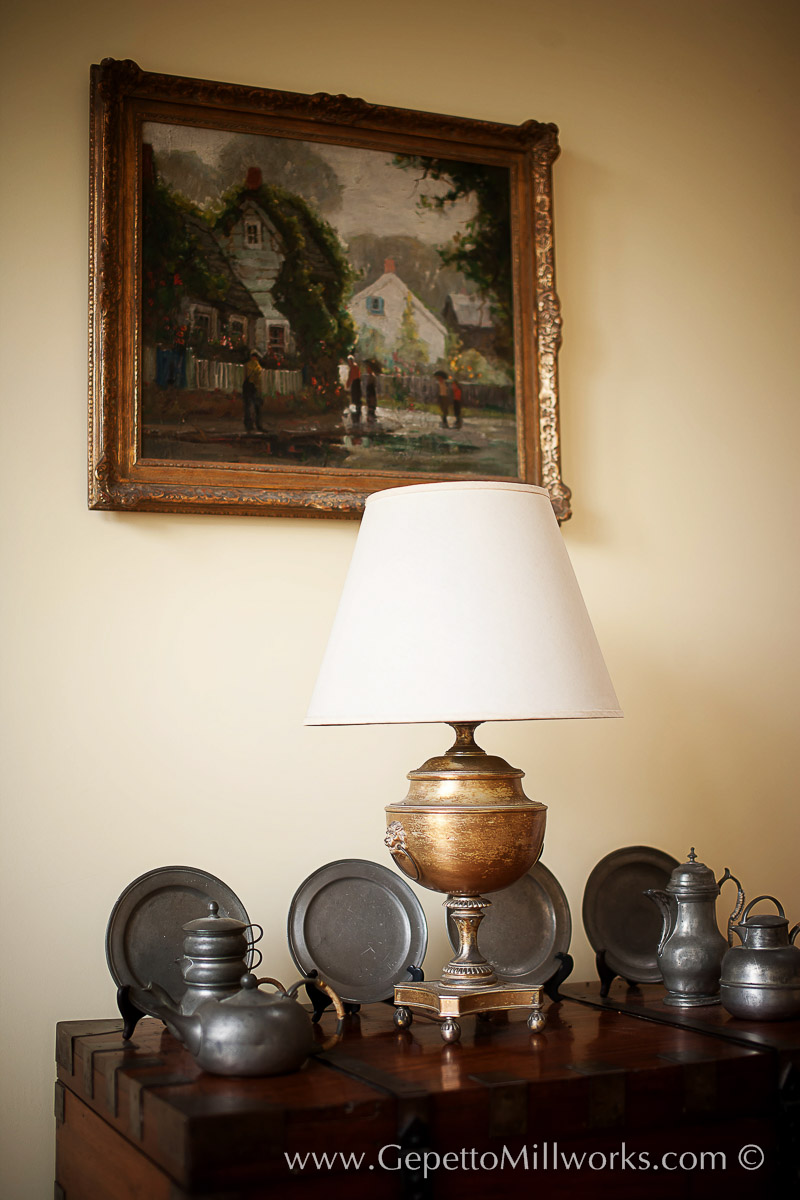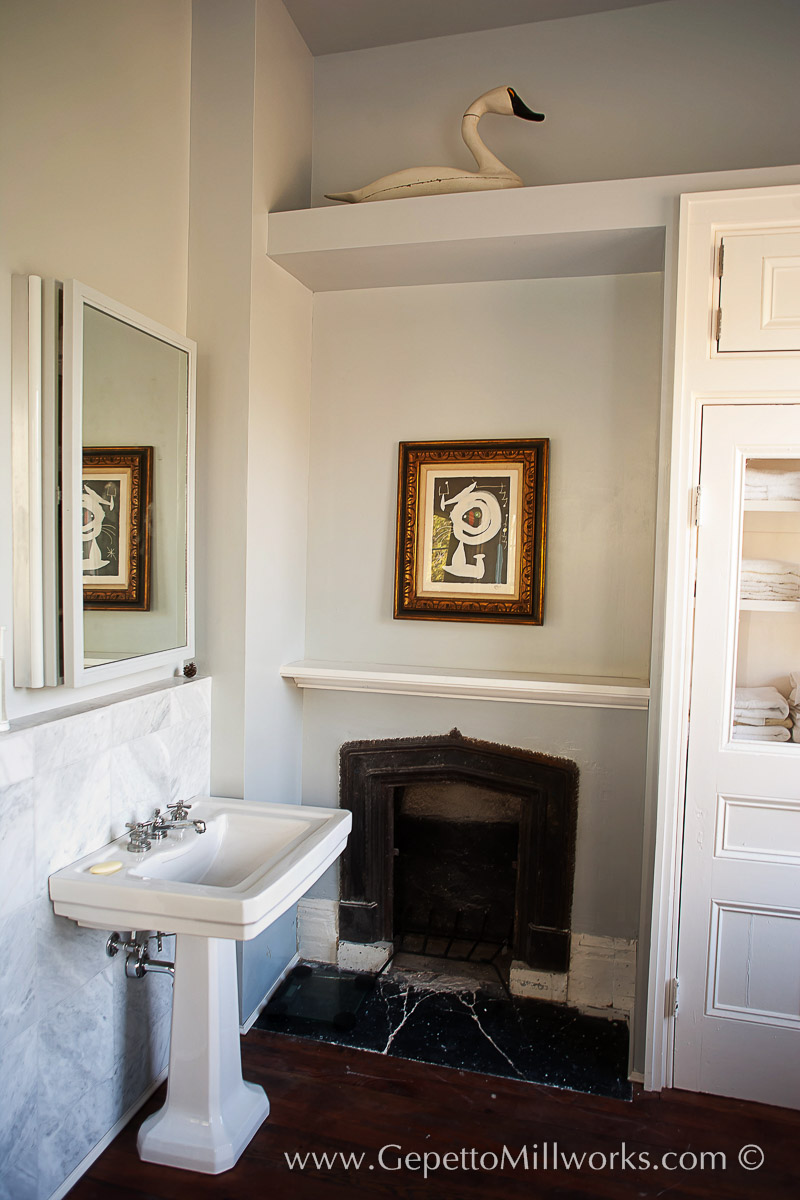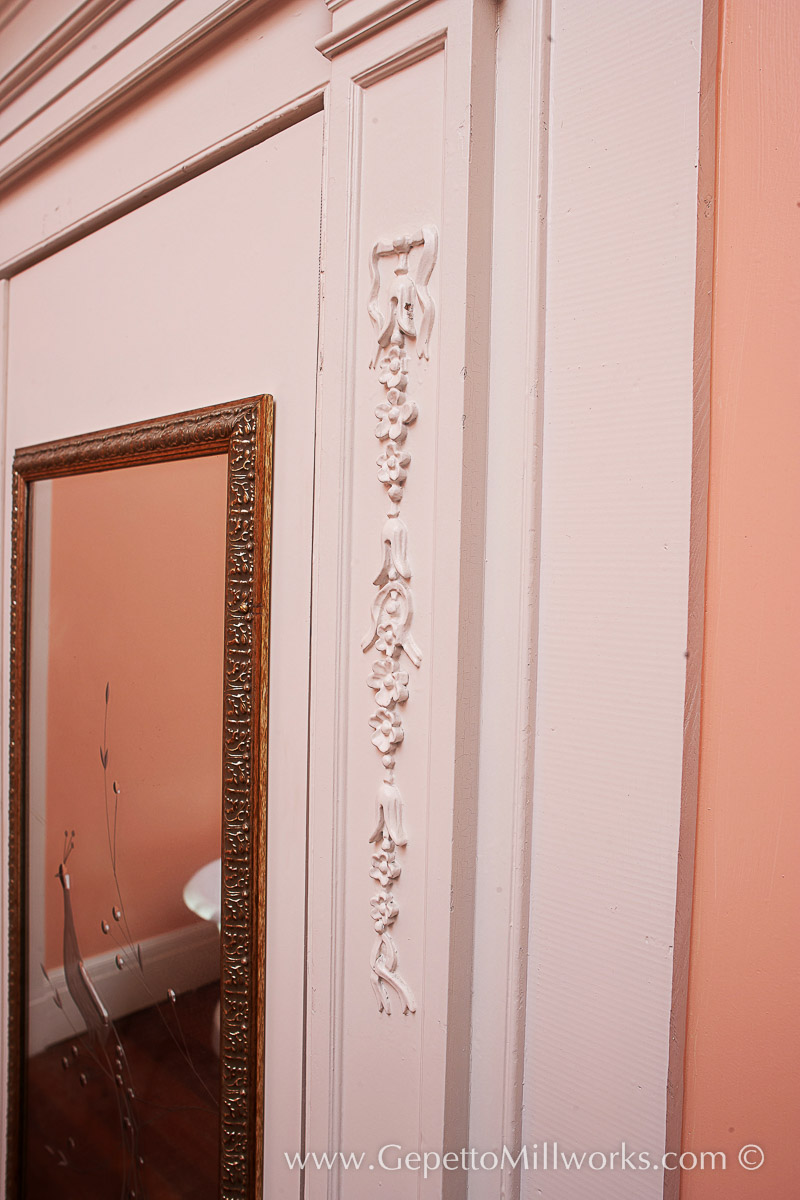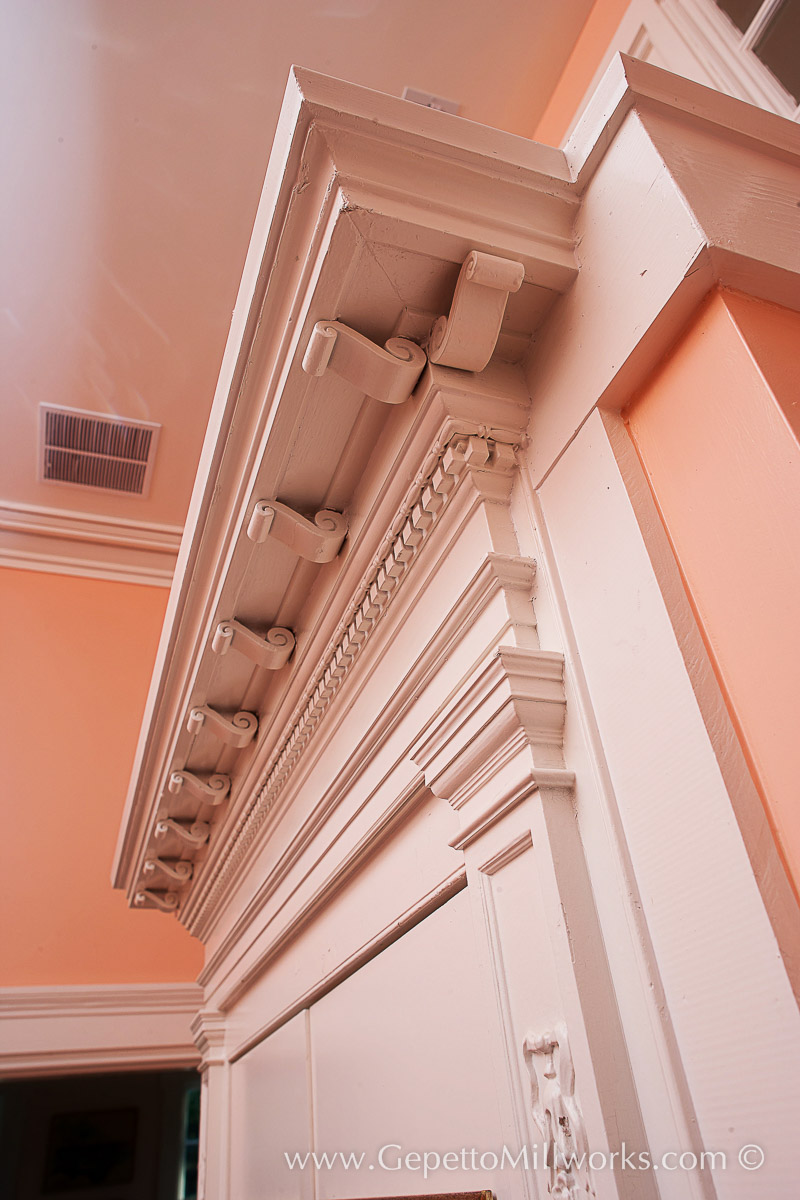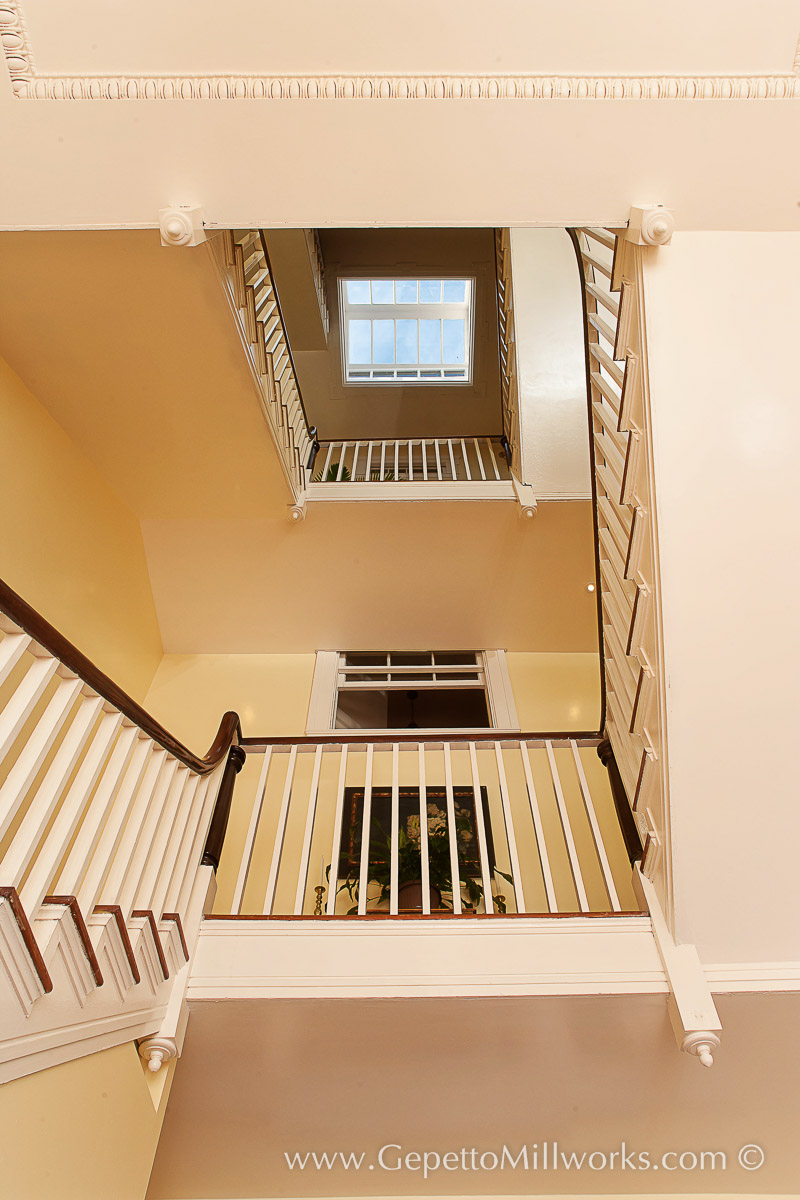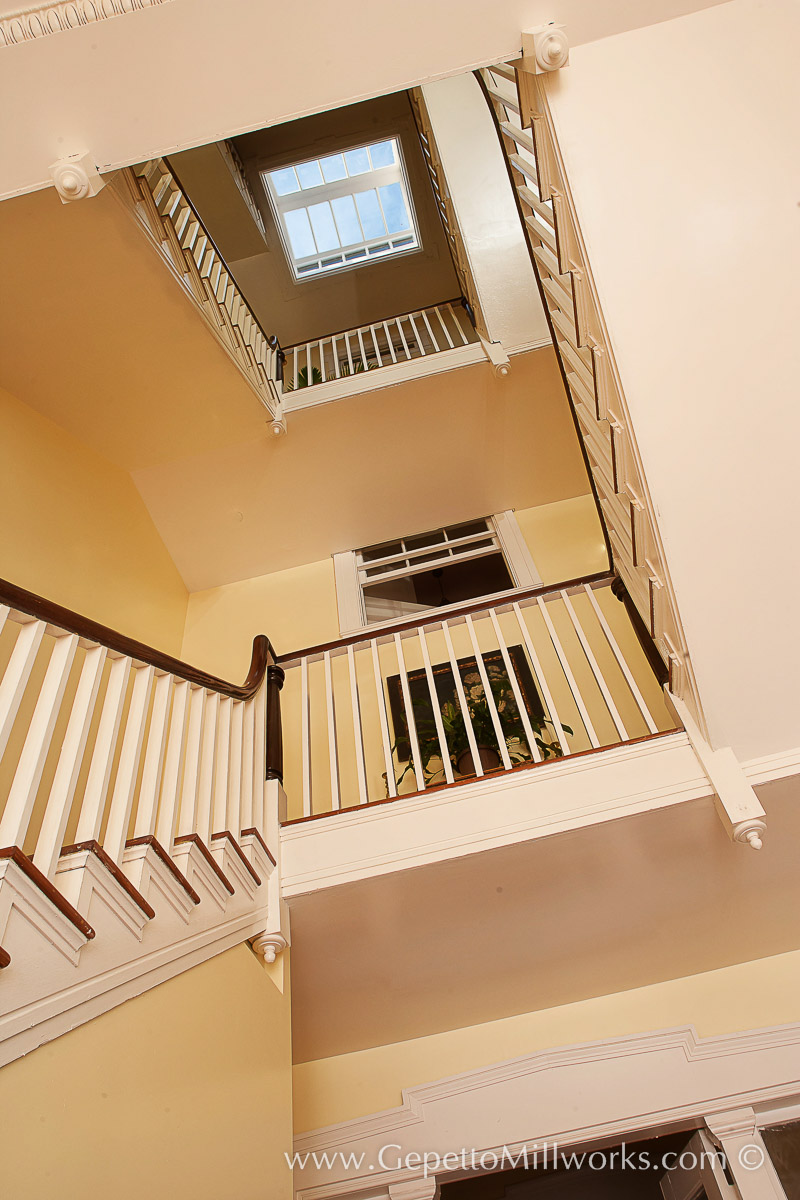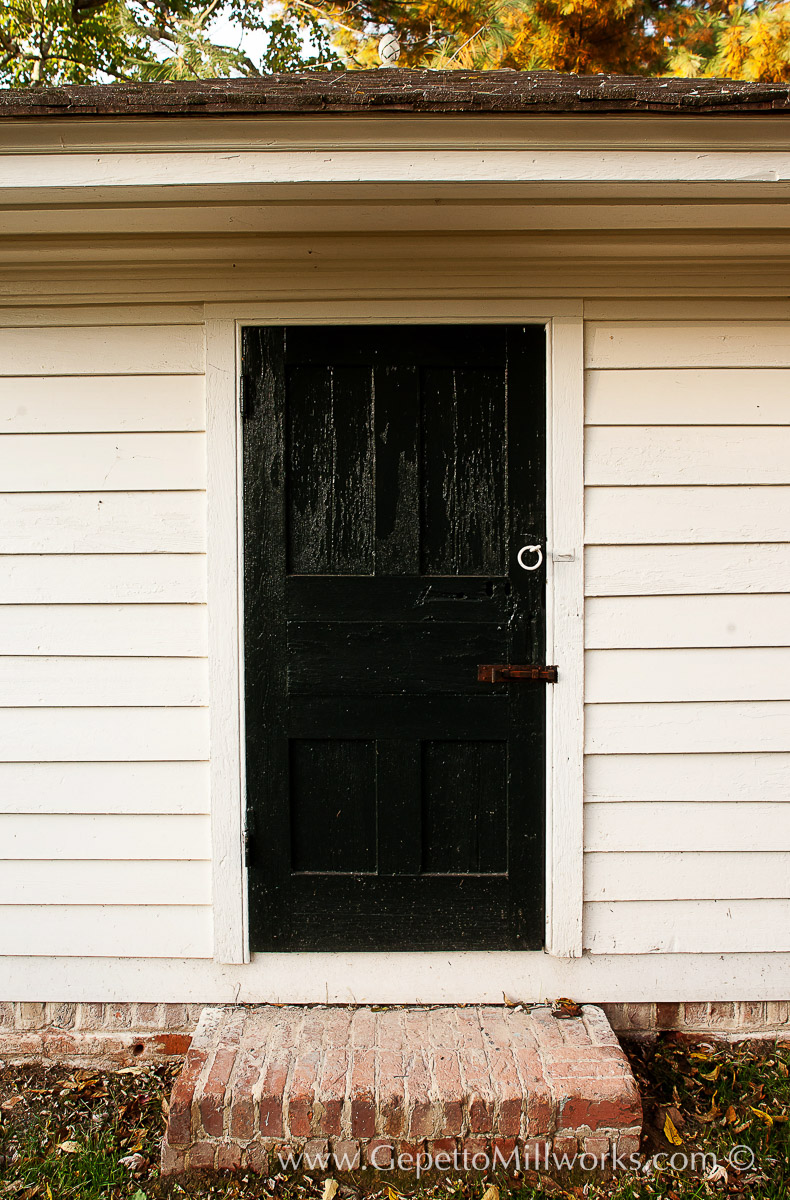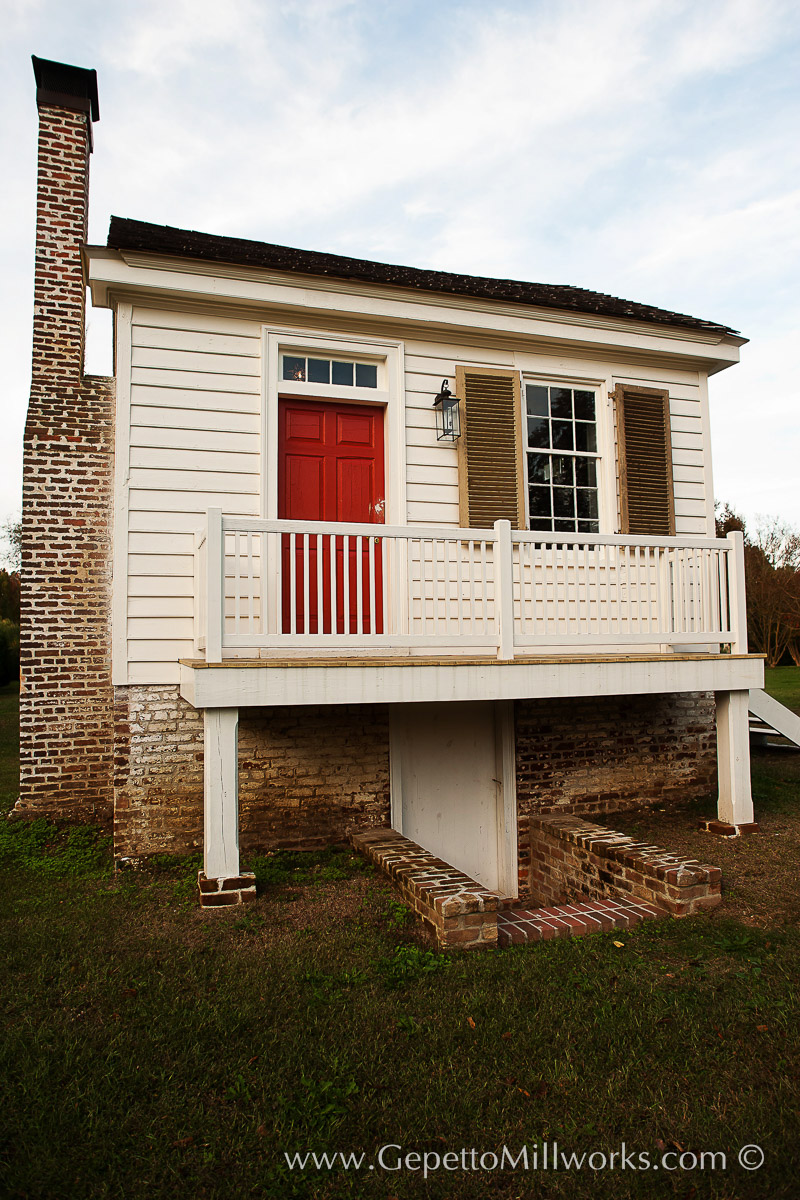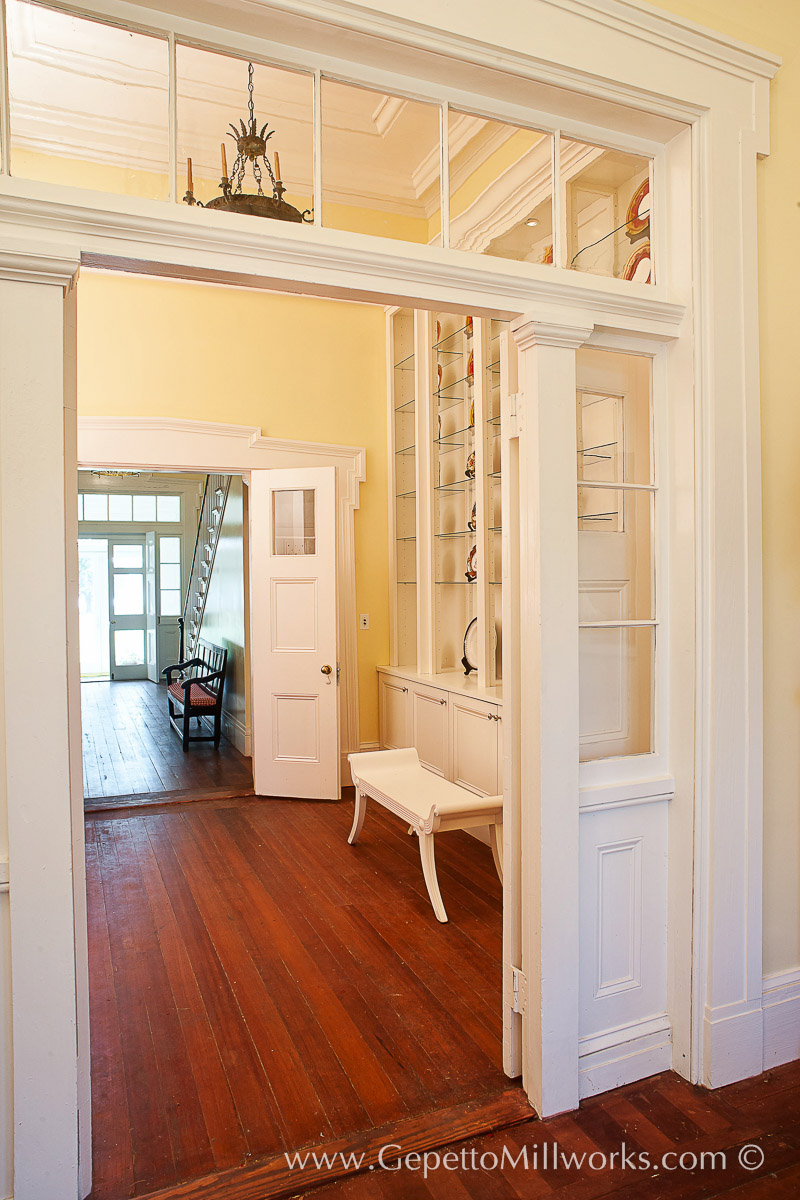9. Take care not to falsify the history of the house. This might seem counter-intuitive, but you actually do want to be able to tell additions apart from the original. That way, the house’s history is visible and transparent. Also be careful not to design additions that make the house appear to date from an earlier or later period, or alter the house’s details to an extent that suggest a different architectural period.
10. Look to the experts. For a more detailed list of recommendations, check out the Secretary of Interior’s Standards for the Treatment of Historic Properties. This jam-packed resource from the National Park Service includes guidelines on preserving, rehabilitating, restoring, and reconstructing historic buildings.
There’s no right or wrong answer when it comes to determining whether you should restore or rehabilitate your historic home. Let your property, capabilities, and needs help guide your decision, and chances are you’ll arrive at an accurate, appropriate solution.
The Glen Roy Estate was renovated and restored with the fine wood fabricated pieces by Gepetto Millworks.
We built most of the wooden construction, which was restored from a gutted historical property including:
- cabinetry
- kitchen design
- wardrobe style kitchen storage
- fireplace mantles
- bathroom storage
- laundry hideaway
- china display shelving
- custom closet design (NYC theme)
- skylight
Glen Roy Plantation is a pristine 3-story, Georgian Revival home, which was completed in 1852. The intact interior features Greek Revival detailing and includes twelve fireplaces, forty windows, fifteen foot ceilings and a widows walk. The house sits on sixty acres with 500 feet of waterfront along the Ware River. There are also extensive lawns and gardens and numerous outbuildings including an 18th century library and a late 19th century carriage house. The property also features a stable, garage, swimming pool and dock.
